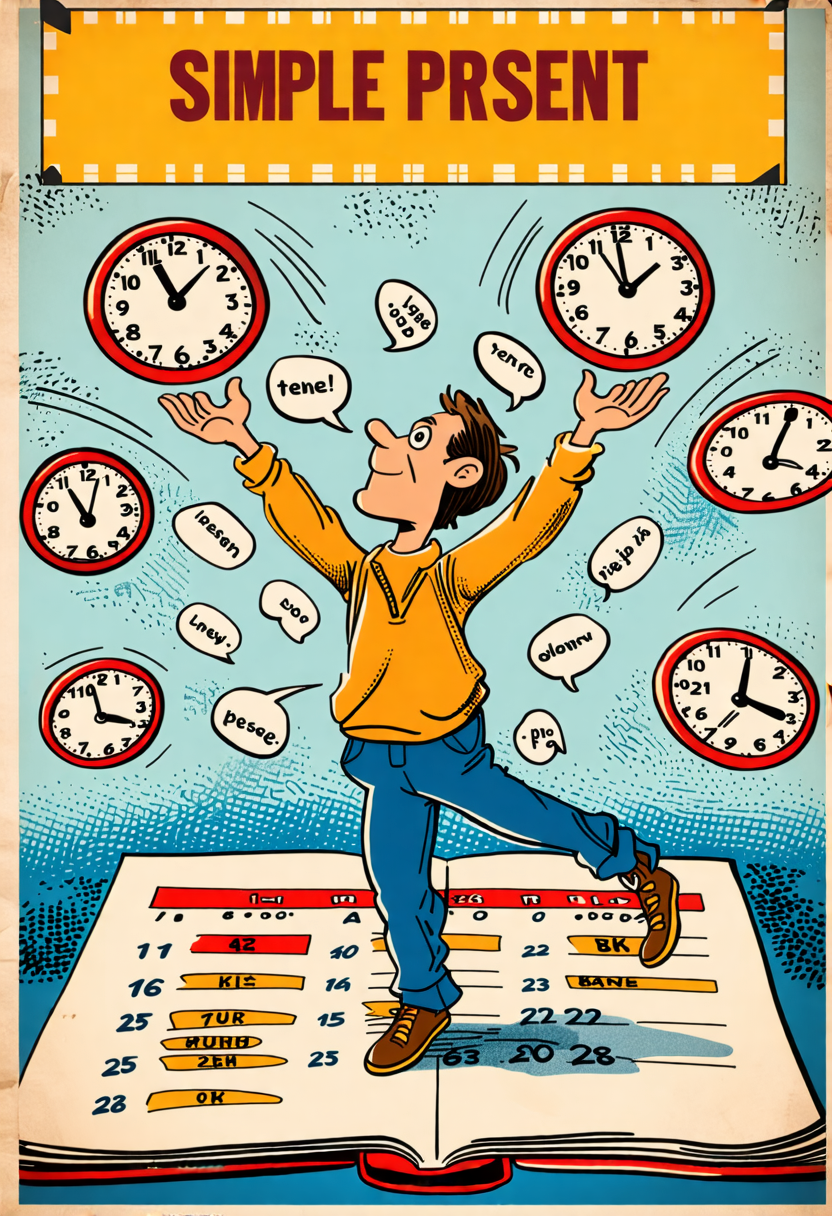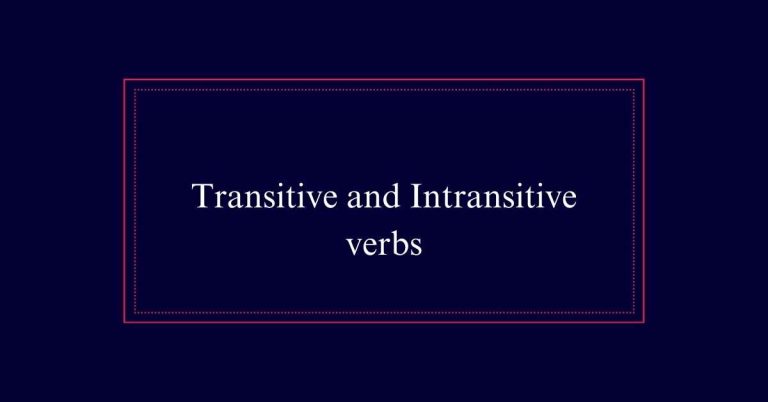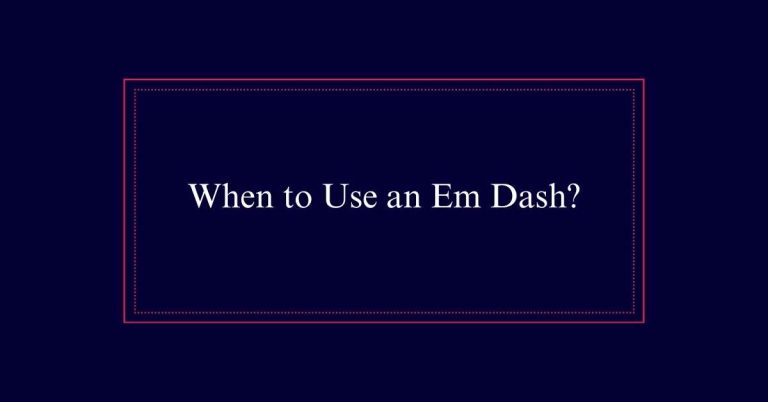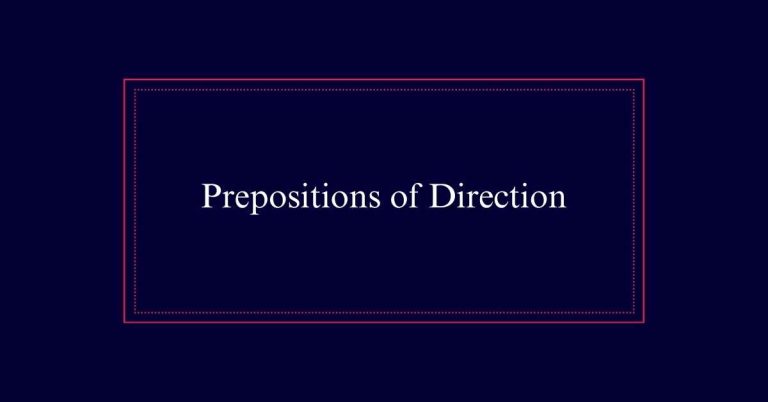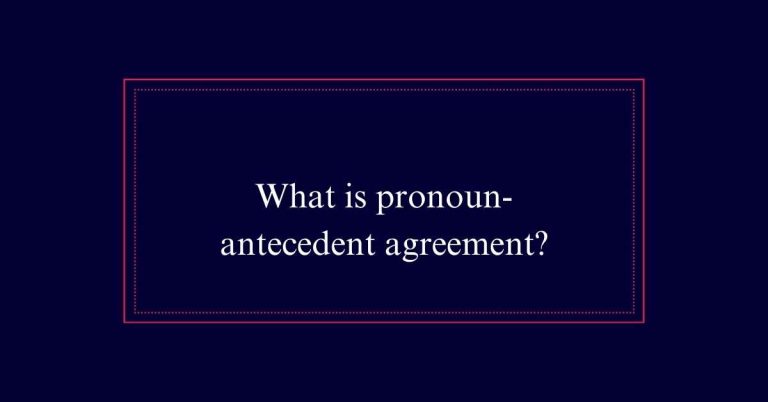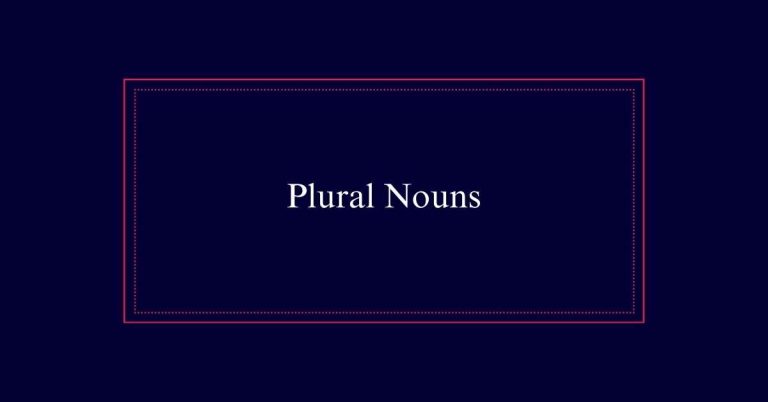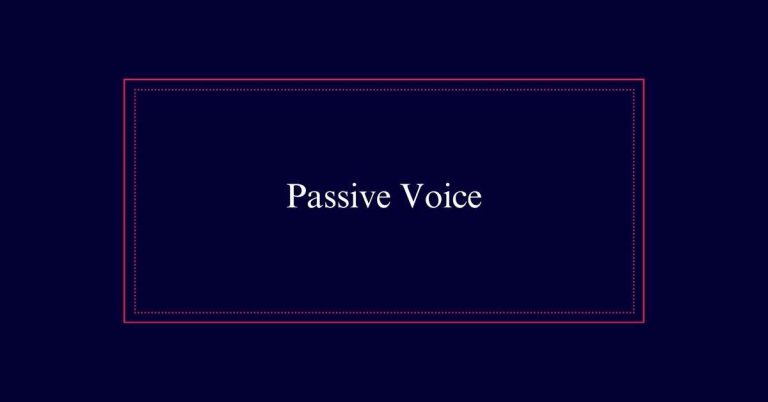Simple Present Tense
The simple present tense is essential for describing habitual actions, general truths, and fixed arrangements. It forms by using the base verb for most subjects and adding -s or -es for third-person singular subjects, such as ‘he’ or ‘she.’ For negation, use ‘do not’ or ‘does not’ with the base verb. Question forms start with ‘do’ or ‘does.’ For example, ‘She walks to school’ and ‘Do you play soccer?’ illustrate its use.
Formation Rules
The formation of the simple present tense follows straightforward rules. Most regular verbs use the root form. For example, ‘I write’ or ‘they run.’
The verb ‘to be’ in the negative form is constructed as [to be] + not, such as ‘I am not tired.’ For negation with other verbs, place ‘do not’ or ‘does not’ before the root form: ‘I do not agree’ or ‘he does not swim.’
This tense is used to describe habitual actions, general truths, and fixed arrangements.
Third-Person Singular
In the simple present tense, third-person singular verbs typically end in -s. For instance, ‘he runs’ and ‘she writes’ illustrate this rule. This applies to most regular verbs.
When the subject is he, she, or it, the verb form changes by adding -s or -es. For example, ‘he watches’ and ‘it mixes.’ Verbs ending in -y after a consonant change the -y to -ies, as in ‘she flies.’ This rule guarantees subject-verb agreement, maintaining grammatical accuracy.
Irregular verbs like ‘have’ change to ‘has.’ Mastery of these rules is essential for effective communication.
Negative Form
To form the negative in the simple present tense, place ‘do not’ or ‘does not’ before the root verb. Use ‘do not’ for plural subjects and ‘I’, ‘you’, ‘we’, ‘they’.
For singular third-person subjects like ‘he’, ‘she’, ‘it’, use ‘does not’. This structure guarantees clarity.
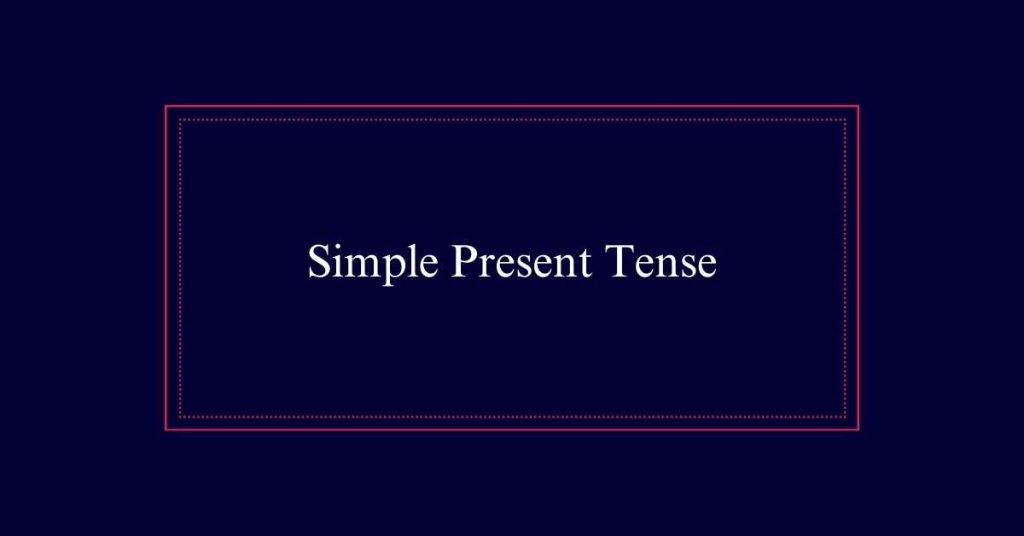
For example, ‘I do not eat meat’ and ‘She does not like coffee’ are correct negative forms. Note that the root verb remains unchanged and does not take an -s ending in the negative form.
The verb ‘to be’ forms its negative by simply adding ‘not’ after it, such as in ‘I am not tired’ or ‘They are not here’.
Question Formation
Question formation in the simple present tense primarily involves using auxiliary verbs ‘do’ or ‘does’ before the subject. For instance, ‘Do you bake pies?’ and ‘Does he play tennis?’ illustrate this structure.
‘Do’ is used with plural subjects and ‘I,’ ‘you,’ ‘we,’ and ‘they.’ Conversely, ‘does’ pairs with singular third-person subjects such as ‘he,’ ‘she,’ or ‘it.’ This formation guarantees clarity and consistency.
Additionally, questions can include question words like ‘what,’ ‘how,’ or ‘why.’ For example, ‘How much does Pauline love pie?’
Use for Current Actions
Simple present tense is used to describe actions that occur regularly or consistently. It is an essential tool for describing actions that are happening right now or actions that are habitual.
For example, when we say, ‘She reads every evening,’ we are indicating a regular activity. This tense is also used to state facts or truths, such as ‘The sun rises in the east.’
Additionally, the simple present tense can describe scheduled events, like ‘The train leaves at 6 PM.’ It helps convey clarity and precision in communication, ensuring the listener understands the timing and frequency of actions.
Describing Routines
Describing routines with the simple present tense helps in expressing regular activities and habits clearly. This tense is ideal for detailing actions that occur frequently or on a schedule. For example, ‘She reads the newspaper every morning’ or ‘They go to the gym every Tuesday.’
Using the simple present tense in this way provides a sense of continuity and regularity. It outlines what people do as part of their daily lives, such as ‘He drinks coffee before work’ or ‘We walk the dog every evening.’
Expressing Habits
Expressing habits through the simple present tense allows for clear depiction of regular activities and routines. This tense is ideal for describing actions that occur repeatedly.
For instance, ‘She drinks coffee every morning’ or ‘He reads the newspaper daily.’ Such statements highlight consistent behaviors without specifying a time frame. It is effective in conveying customary practices, such as ‘They visit grandparents every weekend’ or ‘John jogs in the park.’
Regular Occurrences
Regular occurrences in the simple present tense highlight actions that happen consistently over time. This tense is used to describe events or activities that are habitual or routine.
For instance, ‘The train arrives at 7 AM every day’ indicates a regular schedule. Similarly, ‘She drinks coffee every morning’ shows a daily habit. These actions are not tied to a specific time but repeat regularly.
Stating Facts
The simple present tense also serves to state facts that are universally true or widely accepted. This usage is crucial for conveying information that does not change over time. Examples include ‘The sun rises in the east’ and ‘Water boils at 100 degrees Celsius.’ Such statements are factual and constant.
Utilizing the simple present tense in this way guarantees clarity and precision in communication. It allows speakers and writers to present information confidently. This tense is valuable in academic, scientific, and everyday contexts.
Conveying Beliefs
When expressing personal beliefs or opinions, the simple present tense provides a straightforward and effective way to communicate. This tense is ideal for stating what one thinks or feels about various subjects. For example, ‘I believe in honesty’ or ‘She thinks the new policy is fair.’ The simple present tense makes these statements clear and direct. It allows individuals to share their views confidently.
Additionally, using this tense helps prevent ambiguity. It makes the expression of beliefs sound assertive and genuine. Whether discussing personal convictions or general opinions, the simple present tense guarantees that the message is conveyed with clarity and precision. This strengthens the impact of the communication, making it more persuasive and understandable.
